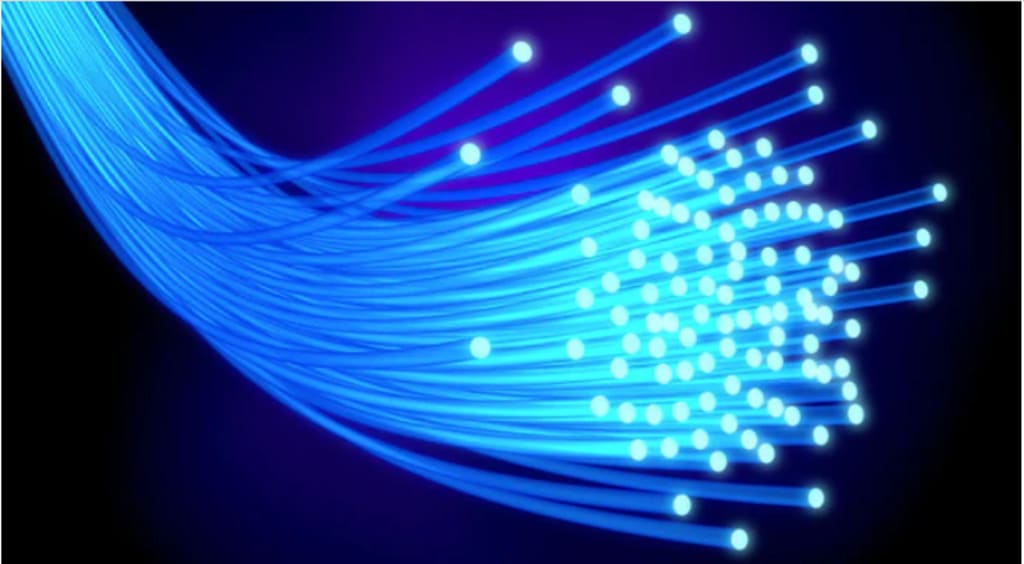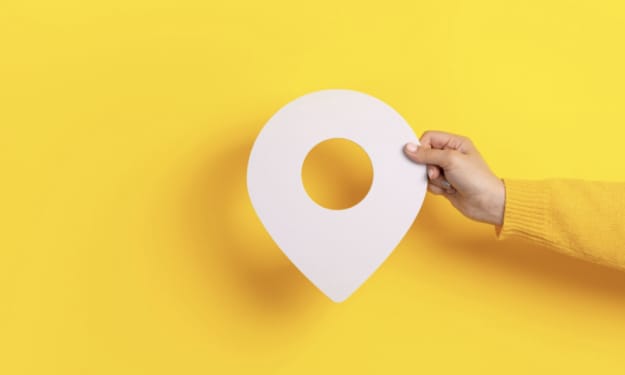Understanding Fiber Optic Cables: The Future of High-Speed Communication
A Comprehensive Guide to the Basics, Benefits, and Applications of Fiber Optic Cables

In today's digital age, high-speed communication is essential for businesses and individuals alike. Whether it is for transmitting large amounts of data or streaming high-definition videos, people demand faster and more reliable communication. This is where fiber optic cables come into the picture. Fiber optic cables are the future of high-speed communication and offer several advantages over traditional copper cables. In this article, we will explore the basics, benefits, and applications of fiber optic cables.
What are Fiber Optic Cables?
Fiber optic cables are made of glass or plastic fibers that transmit light signals instead of electrical signals. These cables consist of a core, which is the innermost part of the cable where the light signals travel. The core is surrounded by cladding, which is a layer of material that reflects the light signals back into the core. Finally, the cable is covered by a protective coating known as the jacket.
Fiber optic cables come in different types, including single-mode and multimode fibers. Single-mode fibers are used for long-distance communication and have a small core diameter of about 9 microns. On the other hand, multimode fibers have a larger core diameter of around 50 microns and are used for shorter distances.
Benefits of Fiber Optic Cables
1)High Speed and Bandwidth
One of the main benefits of fiber optic cables is their ability to transmit data at high speeds. Compared to traditional copper cables, fiber optic cables can transmit data at speeds of up to 10 Gbps or more, making them ideal for applications that require high bandwidth.
2)Reliability
Fiber optic cables are more reliable than copper cables because they are not affected by electromagnetic interference. This means that they are less likely to experience signal loss or distortion, resulting in a more stable and consistent connection.
3)Security
Fiber optic cables are also more secure than copper cables because they are difficult to tap into. Unlike copper cables, fiber optic cables do not emit any electromagnetic radiation, making it challenging for hackers to intercept the data being transmitted.
4)Long-Distance Communication
Fiber optic cables are ideal for long-distance communication because they can transmit data over longer distances without losing signal strength. This makes them suitable for applications such as telecommunication networks, internet backbones, and data centers.
5)Cost-Effective
Although fiber optic cables may seem expensive initially, they are more cost-effective in the long run. This is because they require less maintenance than copper cables, have a longer lifespan, and are less susceptible to damage.
Applications of Fiber Optic Cables
1)Telecommunications
Fiber optic cables are widely used in telecommunications networks to transmit data over long distances. They are used to connect cities, countries, and even continents, making it possible for people to communicate with each other no matter where they are located.
2)Internet Backbones
Fiber optic cables are also used as internet backbones, which are the main data routes that connect different parts of the internet. These cables carry huge amounts of data across the world, enabling people to access the internet from anywhere.
3)Cable TV
Fiber optic cables are used in cable TV networks to deliver high-quality audio and video signals. Unlike traditional copper cables, fiber optic cables can transmit signals over long distances without any loss of quality.
4)Medical Applications
Fiber optic cables are used in medical applications such as endoscopy, which is a non-invasive procedure that allows doctors to examine internal organs. Fiber optic cables are also used in surgical instruments to deliver light to the surgical site, making it easier for surgeons to operate.
5)Military and Aerospace
Fiber optic cables are also used in military and aerospace applications because they can withstand harsh environmental conditions. They are used in aircraft, ships, and submarines to transmit data and communicate with other devices.
6)Data Centers
Fiber optic cables are widely used in data centers to transmit data between servers and other devices. They are ideal for high-speed communication and can handle large amounts of data, making them perfect for applications that require high bandwidth.
7)Industrial Automation
Fiber optic cables are used in industrial automation to transmit data between machines and other devices. They are ideal for harsh industrial environments because they are less susceptible to damage and can withstand high temperatures, vibrations, and other adverse conditions.
8)Home Networks
Fiber optic cables are also being used in home networks to deliver high-speed internet and other services. They are ideal for households that require high bandwidth and want a more reliable and secure connection.
Conclusion
In conclusion, fiber optic cables are the future of high-speed communication and offer several advantages over traditional copper cables. They are faster, more reliable, more secure, and suitable for a wide range of applications, from telecommunications to industrial automation. Although they may seem expensive initially, they are more cost-effective in the long run and have a longer lifespan. As technology continues to evolve, fiber optic cables will play an increasingly important role in our lives, enabling us to communicate faster, more reliably, and more securely than ever before.
About the Creator
Aadhi Penten
With a love for exploring the world and a passion for sharing my experiences through words, my articles is a window into my life and a source of inspiration for those seeking adventure. From travel tips to personal stories
Enjoyed the story? Support the Creator.
Subscribe for free to receive all their stories in your feed. You could also pledge your support or give them a one-off tip, letting them know you appreciate their work.






Comments
There are no comments for this story
Be the first to respond and start the conversation.